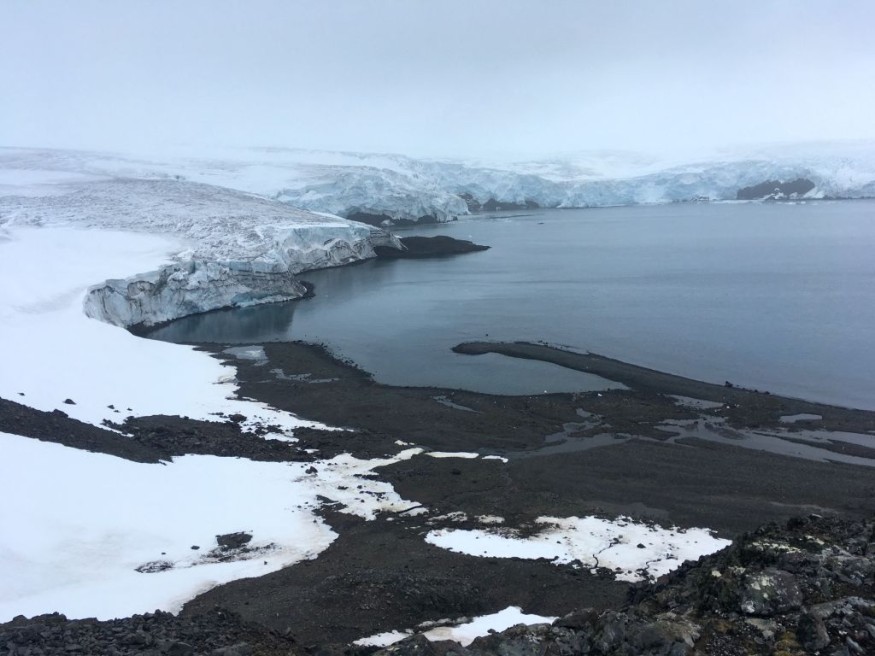
Rapid melting of ice shelves in West Antarctica may now be unavoidable as human-caused global warming continues, with potentially disastrous consequences for global sea level rise, and some coastal cities may have to be abandoned, according to new research.
Ice shelves are ice tongues that extend into the ocean at the ends of glaciers. They operate as buttresses, keeping ice on the land and slowing its flow into the sea, offering a significant barrier against sea level rise.
As ice shelves melt, they shrink and lose their ability to buttress.
Coastal Cities In Danger
If the West Antarctic ice sheet disappeared altogether, it would raise the oceans by 5 meters.
Previous research revealed that it is doomed to collapse over centuries, but the current analysis reveals that even dramatic emissions cuts in the coming decades will not reduce the melting.
The study suggests that the melting pace of the floating ice shelves in the Amundsen Sea would be three times quicker this century than the previous century, even if the world fulfills the most ambitious Paris Agreement target of keeping global warming below 1.5 degrees Celsius above pre-industrial levels.
Millions of people live in coastal cities that are vulnerable to sea level rise, from New York to Mumbai to Shanghai, and more than a third of the world population lives within 62 miles (100 kilometers) of the coast.
The melting of ice sheets and glaciers, as well as the thermal expansion of sea water, are causing sea level rise as a result of the climate crisis.
According to the scientists, the biggest uncertainty in future sea level rise is what will happen in Antarctica, making adaptation planning difficult.
Researchers stated that translating new discoveries on ice melting into specific projections of sea level rise was critical.
"It appears that we may have lost control of the West Antarctica ice melting over the 21st century," said Kaitlin Naughten, an ocean modeler with the British Antarctic Survey and lead author of the study.
West Antarctica is already the continent's largest contributor to global sea level rise, with enough ice to raise sea levels by 5.3 meters, or more than 17 feet, on average.
It is home to the Thwaites Glacier, commonly known as the "Doomsday Glacier," because its collapse might raise sea levels by several feet, forcing coastal populations and low-lying island nations to either construct around sea level rise or depart these locations.
Read Also : New Links Between Greenhouse Gases and Sea Level Rise Found in the Amundsen Sea, West Antarctica
Climate Tipping Point
Scientists believe that the collapse of the West Antarctica ice sheet is a worrying climate tipping point.
"It is likely that we [have] passed a tipping point to avoid the instability of the west Antarctic ice sheet. However, the pace of this collapse is still uncertain - it can happen in decades for some specific ice shelves or centuries," Dr. Tiago Segabinazzi Dotto of the UK National Oceanography Centre said.
He added that the only way to truly halt the rapid melting of the ice would be to reduce levels of planet-heating pollution as well as "remove some that has already built up."
Related Article : Thwaites Glacier in West Antarctica Melting from Below
Related Video:
© 2025 NatureWorldNews.com All rights reserved. Do not reproduce without permission.





